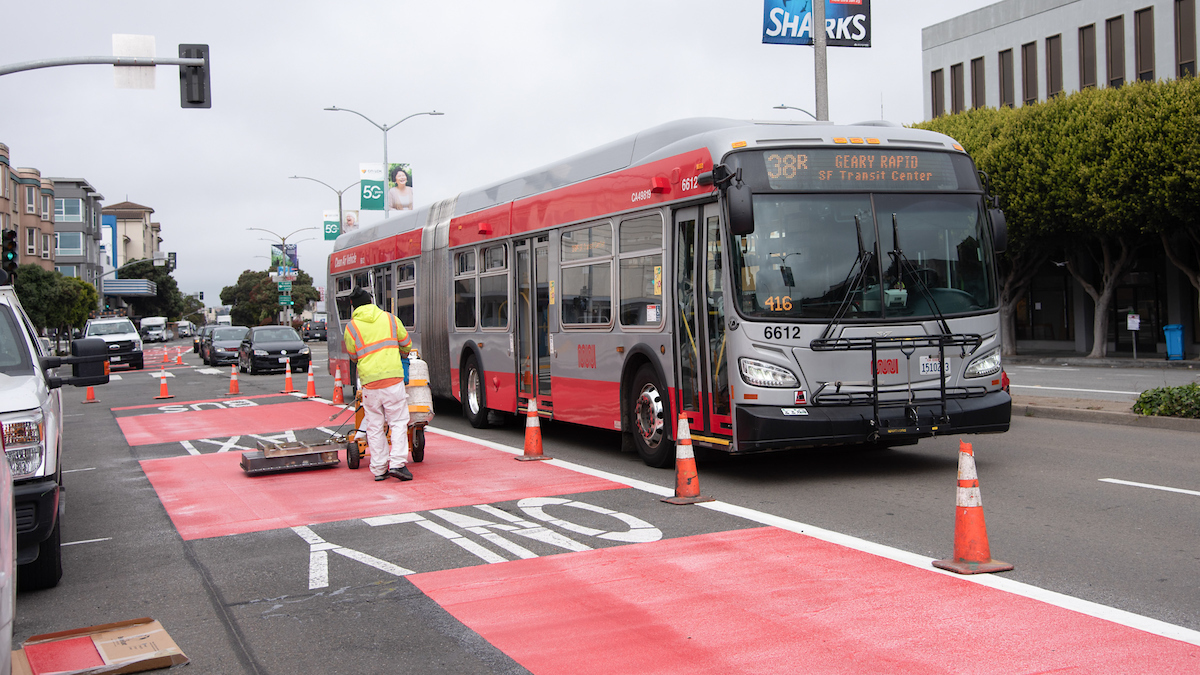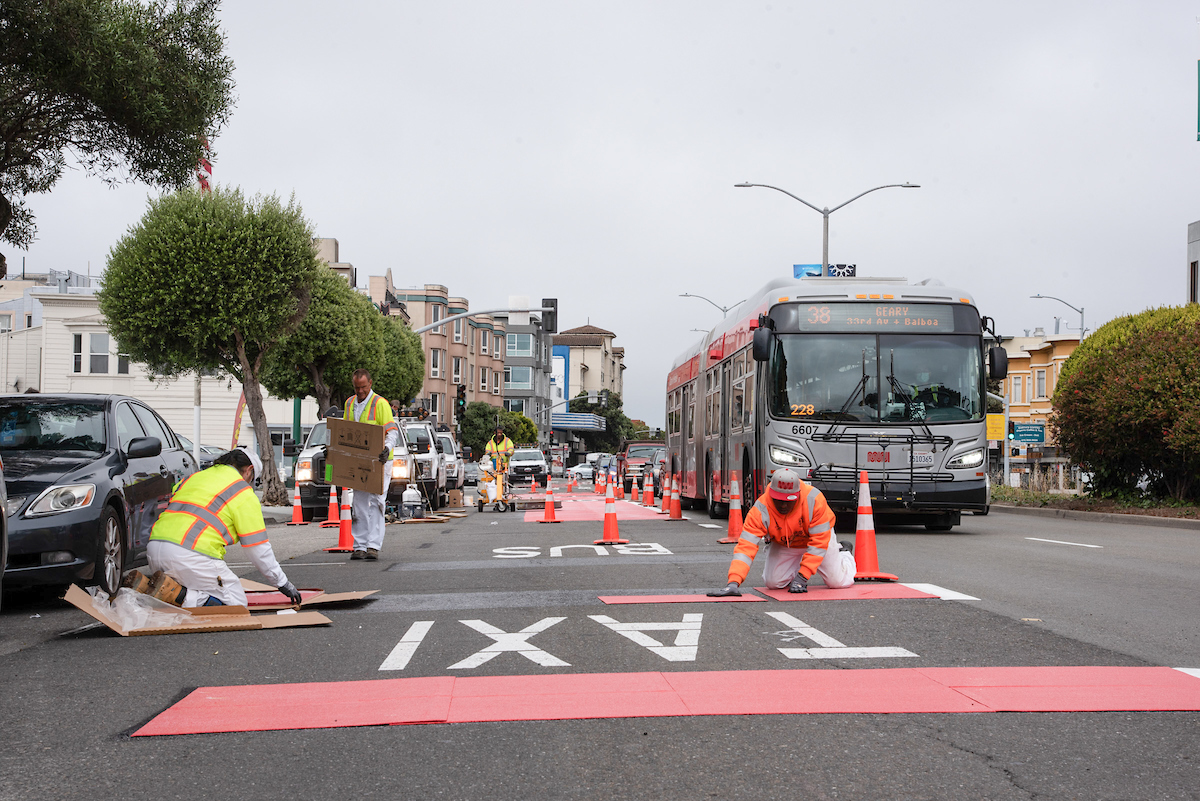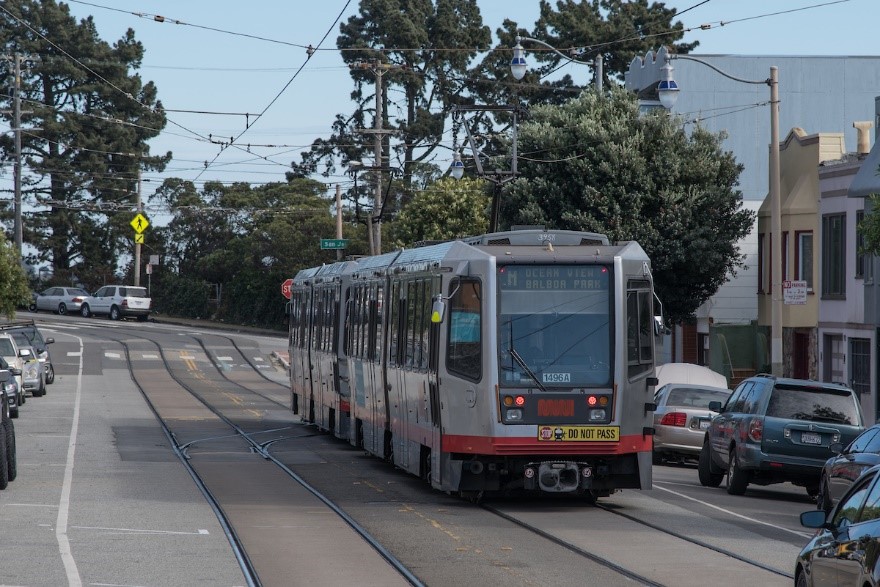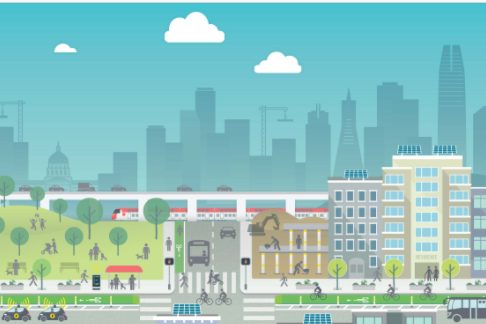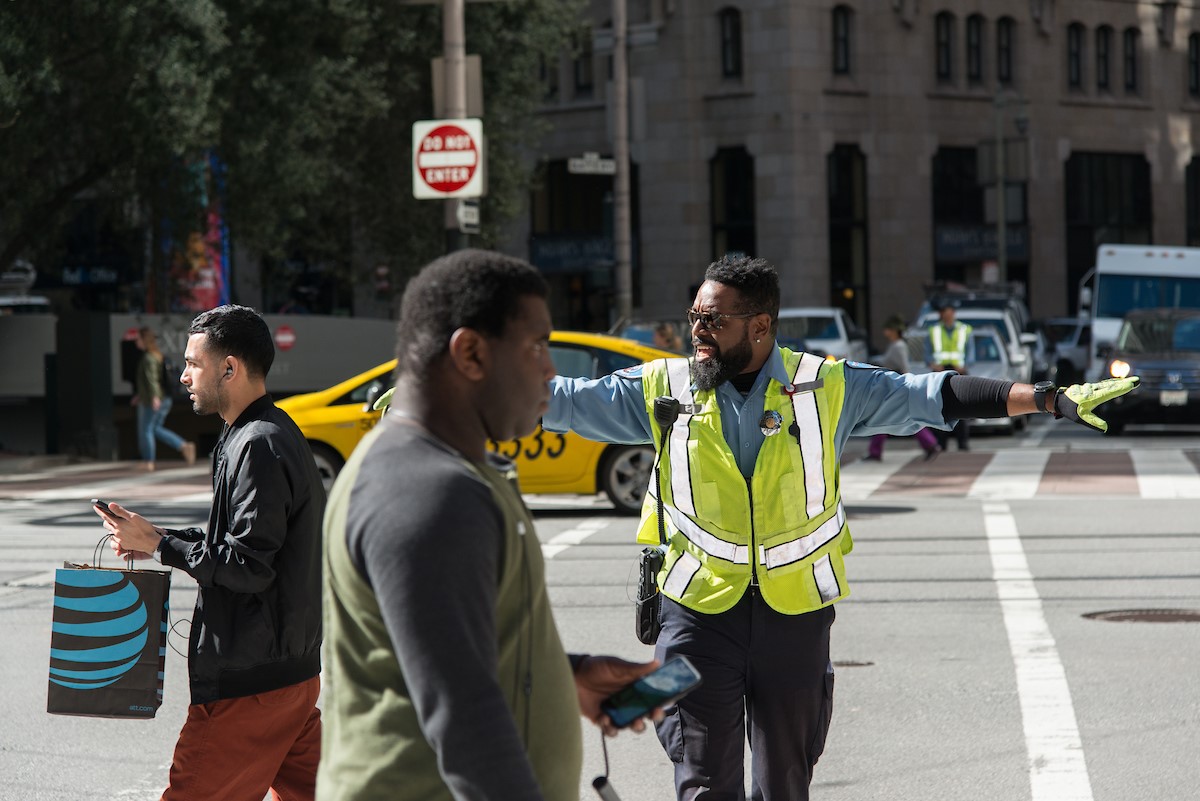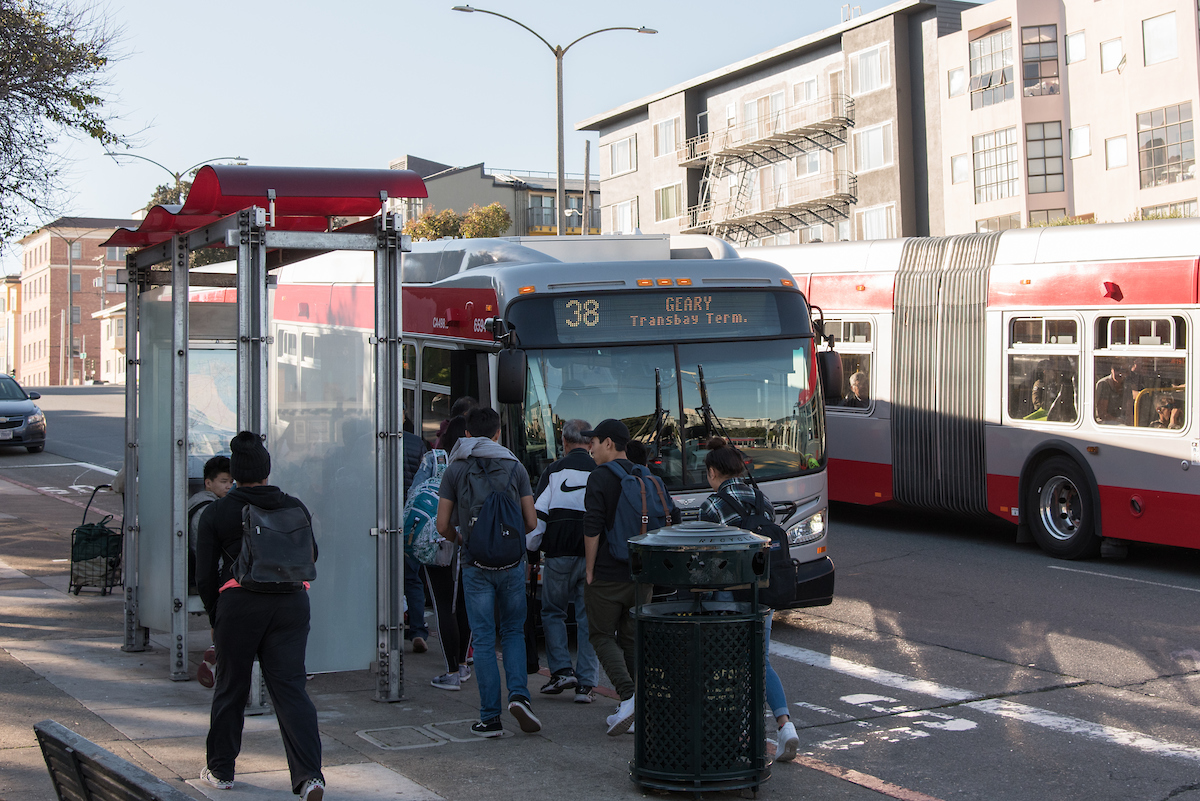Guest Blog: What's the Best Way to Restore Muni Service?
By Jarrett Walker
Today Moving SF welcomes guest-blogger Jarrett Walker, an international public transit planning consultant and the author of the book Human Transit and the blog humantransit.org. The SFMTA contracted with Jarrett and his firm to provide an independent perspective on how to best help Muni service recover from the COVID-19 pandemic. His team has been tasked with evaluating different approaches for each of the next phases of Muni service expansion developed by the SFMTA’s transit planning team.
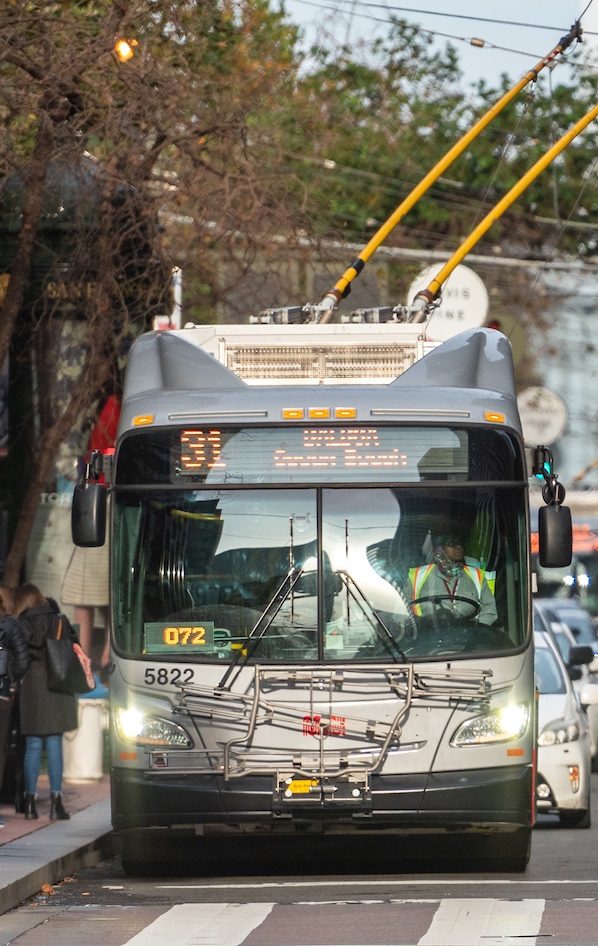
Starting this summer, the SFMTA will be sharing three alternatives for how Muni service should be restored and inviting the public to provide feedback.
When a transit agency comes back from the COVID-19 crisis, should it aim to put service back the way it was, or try to put back something better?
Muni started out as a service that took people downtown, and even today, most of the service is oriented that way. Meanwhile the pandemic accelerated ongoing trends that have shifted travel patterns away from a single focus on downtown and towards many locations across the city. At the same time, more people need to travel in all directions all over the city. So are we sure we want the network to be exactly as it was?
Later this summer, the SFMTA will be sharing three alternatives for how service might be restored in winter and inviting the public to provide feedback on those alternatives. The input received from the public will help the SFMTA Board determine the pattern of Muni service to be implemented in early 2022. The three scenarios the SFMTA will be laying out for the public to consider are:
- Return the Familiar Network
- Build a High-Access Network
- Develop a Hybrid Network, balancing the best features of the first two.
The Familiar Network alternative would put back the routes people are used to from prior to the pandemic. But the service that people are used to isn’t always the service that helps the most people get where they need to go.
The High-Access approach would shift some patterns of service to expand people’s ability to get to more destinations sooner. (See here for a full explanation of how access works.)
When we plan for high access, we aren’t just thinking about trips people are making, or the trips they made before the pandemic. We’re also thinking about all the trips they could make. Better access can mean more opportunities in your life. Right now, many people’s lives are changing as they find new jobs, get their kids started at new schools and explore new types of recreation. A high-access network tries to give people as many options as possible.
What does a high-access alternative mean in practice? Here’s an example: Once the 31 Balboa comes back in August, the Richmond district will have frequent east-west lines spaced every quarter mile. But Muni’s 2 Clement runs just one-eighth mile (a long Richmond block) from the frequent lines on California and Geary.

Caption: Pre-pandemic frequency and route spacing in the north part of the Richmond district.
To measure the total access for people in a particular place, we look at all the trips to all the places they might be going, and calculate how long those trips take on the network. This travel time includes walking time, waiting time and riding time. In other words, we measure travel time starting from when you want to go, not when the bus comes.
When we calculate access from points along Clement, we find that the 2 Clement doesn’t add much, because the nearby service on Geary is so much faster and frequent. Even if you walk (or roll) slowly at 2 miles per hour, it would take you 8 minutes to get from Clement to Geary. But your wait would be 5 minutes shorter, on average, because the 38 Geary is so frequent. You may save even more time if you get a 38R Geary Rapid, which is faster. At most, the 2 Clement service only saves riders a minute or two. And if you walk at a more average pace, 3 miles per hour, it’s almost always faster to walk to Geary than wait for the bus on Clement.
Such close spacing of parallel routes is not something the SFMTA provides in most parts of the city, so does it make sense to dedicate Muni’s scarce resources to provide it here? Should those resources go where they can measurably expand access to opportunity, such as by moving toward five-minute frequency on many lines?
I’ve talked at length about this high-access approach because it’s less familiar and therefore requires more explanation, but that doesn’t mean the SFMTA has already decided to do it. The choices between familiar and high-access approaches is a genuine question, and we’ll want to know what you think.
Finally, all of these choices are harder because the SFMTA faces severe resource constraints. It still faces a labor shortage and has lost much of its income from fares and parking revenues, not to mention the structural deficit that existed even before the pandemic. So the agency can’t afford to restore all of the service it ran before the pandemic. Even if the labor shortage were resolved (and the SFMTA is working on it), restoring 100% of the previously scheduled service would run the risk that just a year or two later, when one-time federal funding runs out, drastic service cuts would be needed that could leave us with even less service than we have now.
Instead, it makes sense to offer only a level of Muni service that the SFMTA is sure they can sustain, at least until they find new resources to replace funds that have eroded over the last decade and fallen dramatically during the COVID-19 pandemic.
Next, we and the SFMTA will lay out exact plans for each alternative, showing the exact routes and frequencies that each alternative would provide. We’ll then analyze how each alternative affects access to opportunity. We’ll look at this for the whole population, but we’ll also calculate the benefits and impacts for specific neighborhoods, for people of color, for low-income people, and for people who walk or roll relatively slowly.
The SFMTA will bring this information to the community, so that everyone can think about the choices and express their view. This will help the SFMTA Board reach a decision that reflects the values of San Francisco.
Published July 15, 2021 at 08:15PM
https://ift.tt/3hIdeR4
